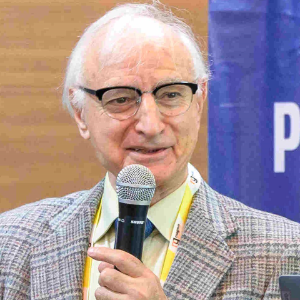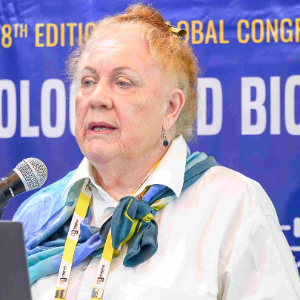Chromatin Dynamics in Plants
Chromatin dynamics involves the structural changes in chromatin that influence gene expression, genome stability, and plant development. In plants, chromatin structure is modulated by various factors, including environmental signals and developmental cues. Understanding these dynamics is essential for deciphering how plants respond to external stresses, such as drought or pathogen attack. Research has revealed mechanisms of chromatin remodeling, such as histone modifications and DNA methylation, that regulate gene accessibility and transcriptional activity. This understanding is particularly important for crop improvement, as manipulating chromatin structure can enhance traits like disease resistance and stress tolerance. Moreover, studying chromatin dynamics opens up new avenues for biotechnological applications, enabling the development of plant varieties that are better equipped to thrive in diverse environments, thereby promoting agricultural sustainability and food security.

Mohammad Babadoost
University of Illinois, United States
Mary Cole
The University of Melbourne, Australia
Valasia Iakovoglou
UNESCO chair Con-E-Ect, International Hellenic University, Greece
Satya S S Narina
Virginia State University, United States
Sara Hailemariam
Purdue University, United States
Midhat Mahboob
Lincoln University, New Zealand


Title : Exploring the genetic diversity in tannin-rich forages to explain the large intra species variability in tannin content
Selina Sterup Moore, Aarhus University, Denmark
Title : Isolation and functional properties of biomolecules of plants and its application
Balagopalan Unni, GEMS Arts & Science College (Autonomous), India
Title : Primed for the future: PGPR and the promise of sustainable, heritable crop resilience
Prashant Singh, Banaras Hindu University (BHU), India
Title : Revealing allelic variations in candidate genes associated with grain yield under salinity stress between two contrasting rice genotypes
Nisha Sulari Kottearachchi, Wayamba University of Sri Lanka, Sri Lanka
Title : Adaptive strategies of Aristida L. species across ecological zones of Pakistan: Linking soil characteristics with morphological and physiological traits
Iram Ijaz, University of Agriculture Faisalabad Pakistan, Pakistan
Title : Ethnobotanical survey and abundance of weeds in selected Manihot esculenta (cassava) Crantz farms in Osun state, Nigeria
Dada Caleb Mayokun, University of Ibadan, Nigeria